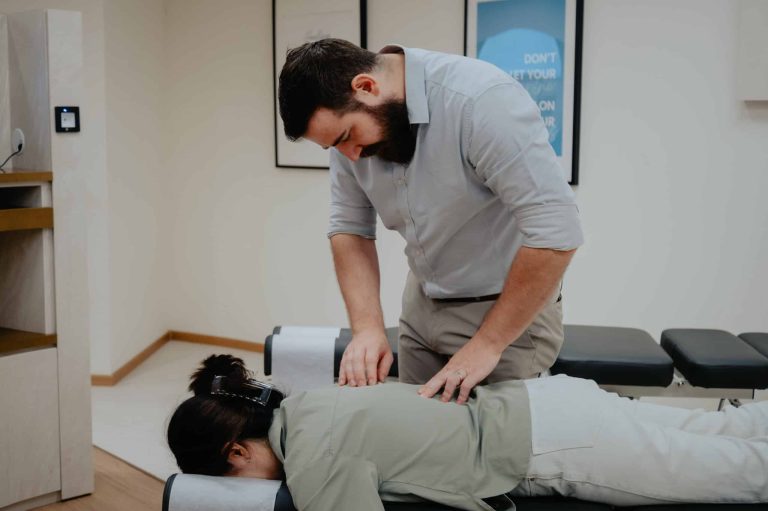Day: April 24, 2024
The Benefits Physiotherapy in Patients with Parkinson’s Disease
Parkinson’s disease (PD) can be very frustrating for people because it makes it hard for them to move. Patients have to move slowly, and their […]
AED Machine for Health: How It Can Benefit You?
An AED machine is a small, portable device that is used to deliver a shock to the heart to stop an arrhythmia. This type of […]













